Multipurpose Must-Haves: Space Saving Furniture for Apartments
Property is expensive. There’s no way around it, the prices of …
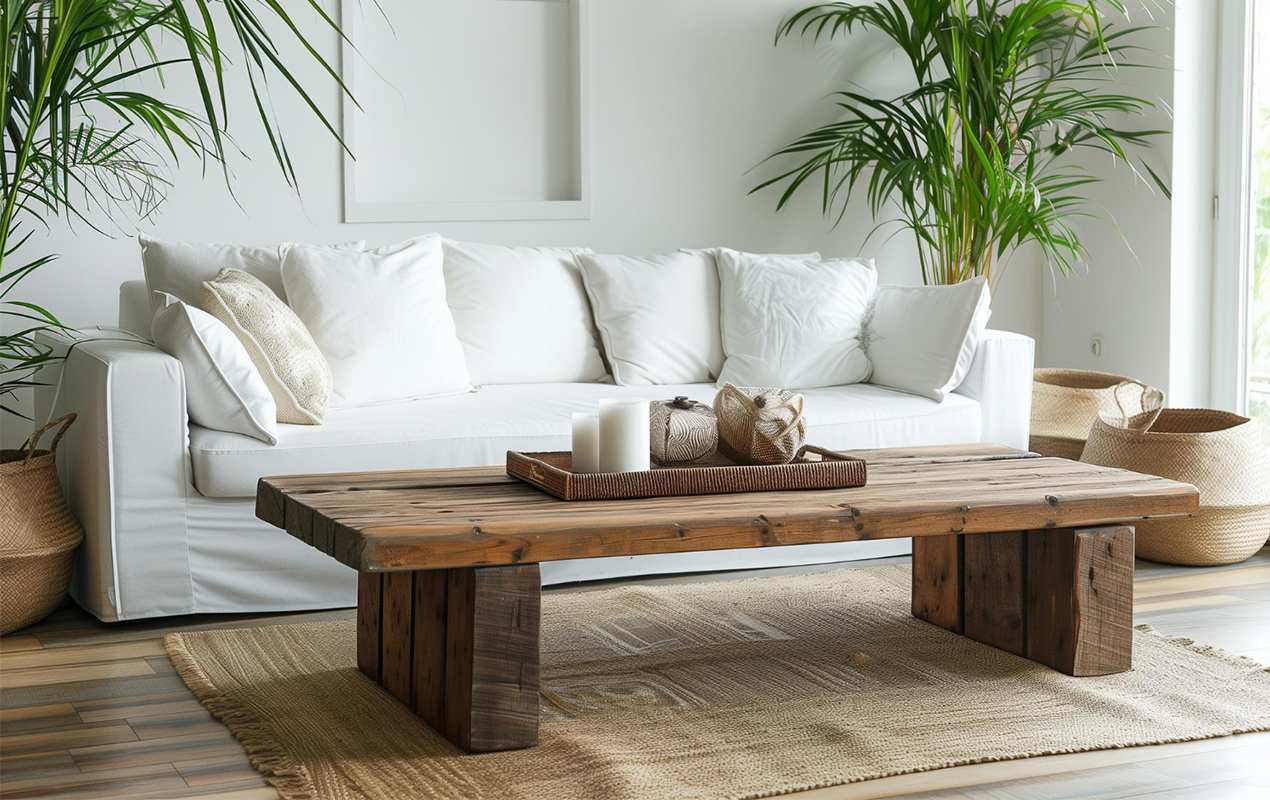
Your coffee table’s shape plays an influential role in your living room’s ambiance. Far beyond function, a coffee table is an anchor, dictating the flow of conversation, the balance, and the energy of your space. Its shape, in particular, plays a crucial role in defining the character of your living room.
A square table exudes symmetry and formality, ideal for focused discussions. A round table, on the other hand, invites relaxed conversations with its soft edges and its more equal distancing from each seat. A rectangular option serves as a versatile canvas, displaying a variety of decor while accommodating gatherings. And let’s not forget the unconventional shapes – ovals, hexagons, even freeform designs – each injecting a unique aesthetic and sparking conversations of their own.
Choosing the right table shape can feel overwhelming. But fret not; the ‘perfect’ shape isn’t a one-size-fits-all answer; it’s a reflection of your individual needs, aesthetic preferences, and the dynamics of your setup. This guide will walk you through the nuances of each shape, empowering you to make a confident decision that heightens your living room’s aesthetic and improves functionality.
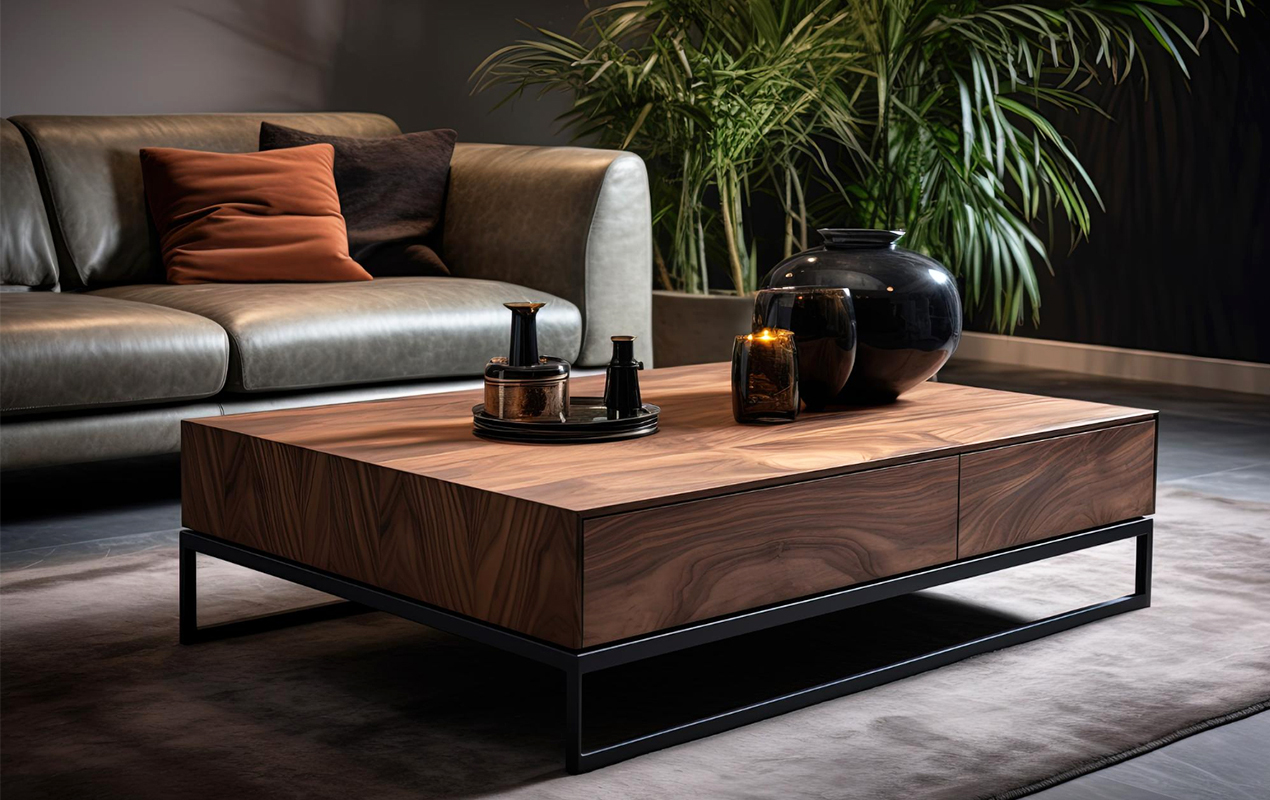
Photo by Veevc83 from Freepik
Choosing a table isn’t just about aesthetics; it’s a balance between functionality, visuals, and personal expression. Here’s how various factors come into play:
Your living room’s dimensions and layout wield significant influence over your shape decision. A spacious room with ample clearance can accommodate a larger rectangular or oval table, offering surface area for both decor and functionality. In contrast, a snug room might favor a round or square table, its compact footprint ensuring smooth traffic flow and maximizing space.
Consider the room’s shape as well. A long, narrow room could benefit from a rectangular table placed parallel to the sofa, visually elongating the space. Conversely, a square room could find balance with a round table, softening its corners for a more inviting atmosphere.
The configuration of your seating plays a pivotal role in determining your table shape. A sprawling sectional sofa naturally lends itself to a larger rectangular or oval table, allowing easy access for everyone seated. An L-shaped sofa, on the other hand, might pair well with a square or round table nestled within the crook of the “L.”
Related Article: What Coffee Table Shape Complements a Sofa Sectional Best?
Factor in the placement of accent chairs and other seating options. If they’re scattered around the perimeter of the room, a round table might form a more cohesive and conversational feel. If they’re clustered closer to the sofa, rectangular may provide a convenient surface for everyone.
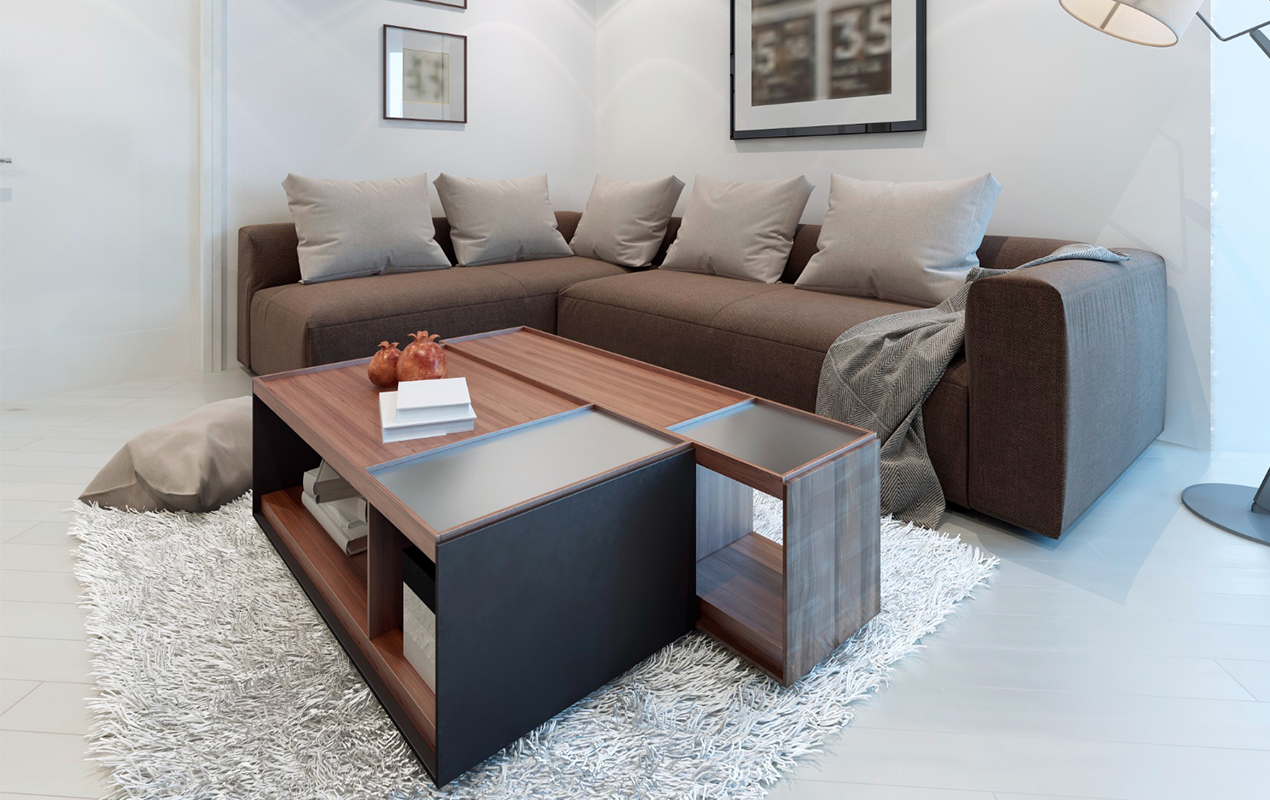
Photo by Peter_kuprin from Freepik
Think about how you anticipate using your table. Are you a frequent entertainer, needing space for snacks and drinks? If so, rectangular might be your best bet. Or, do you prefer a minimalist aesthetic with a table solely for decorative accents? If this resonates more then a smaller square or round table could suffice.
Read More: Couch & Coffee Table Placement: How Much Space Is Just Right?
Legroom is another critical consideration with round tables offering superior legroom compared to their rectangular counterparts, promoting comfort. If storage is a priority, look for tables with drawers, shelves, hidden compartments, or even lift-top mechanisms regardless of shape.
Your table should be an extension of you and complement your existing decor. Mid-century enthusiasts might gravitate towards sleek, geometric shapes, while minimalists tend to prefer the understated aesthteic of a square alternative. Don’t forget Industrial lofts that can embrace the raw appeal of a metal table in an unconventional shape.
Gain Insight: 18 Mid Century Modern Coffee Tables: Picks to Fit the Aesthetic
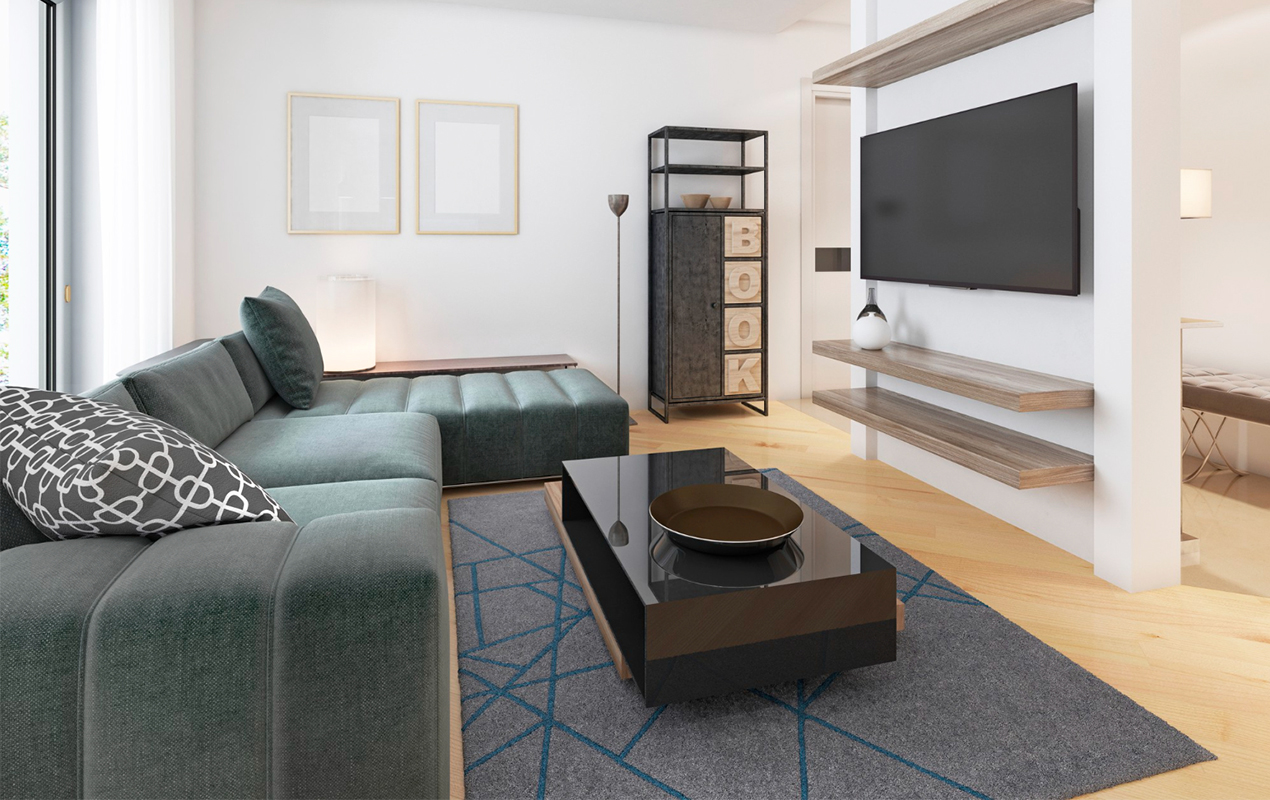
Photo by Peter_kuprin from Freepik
The shape of your table is like the foundation of a house – it sets the tone for the entire structure. Let’s explore how different shapes can affect your living room:
Related Article: Modern, Rustic, and Beyond: 21 Rectangular Coffee Table Designs
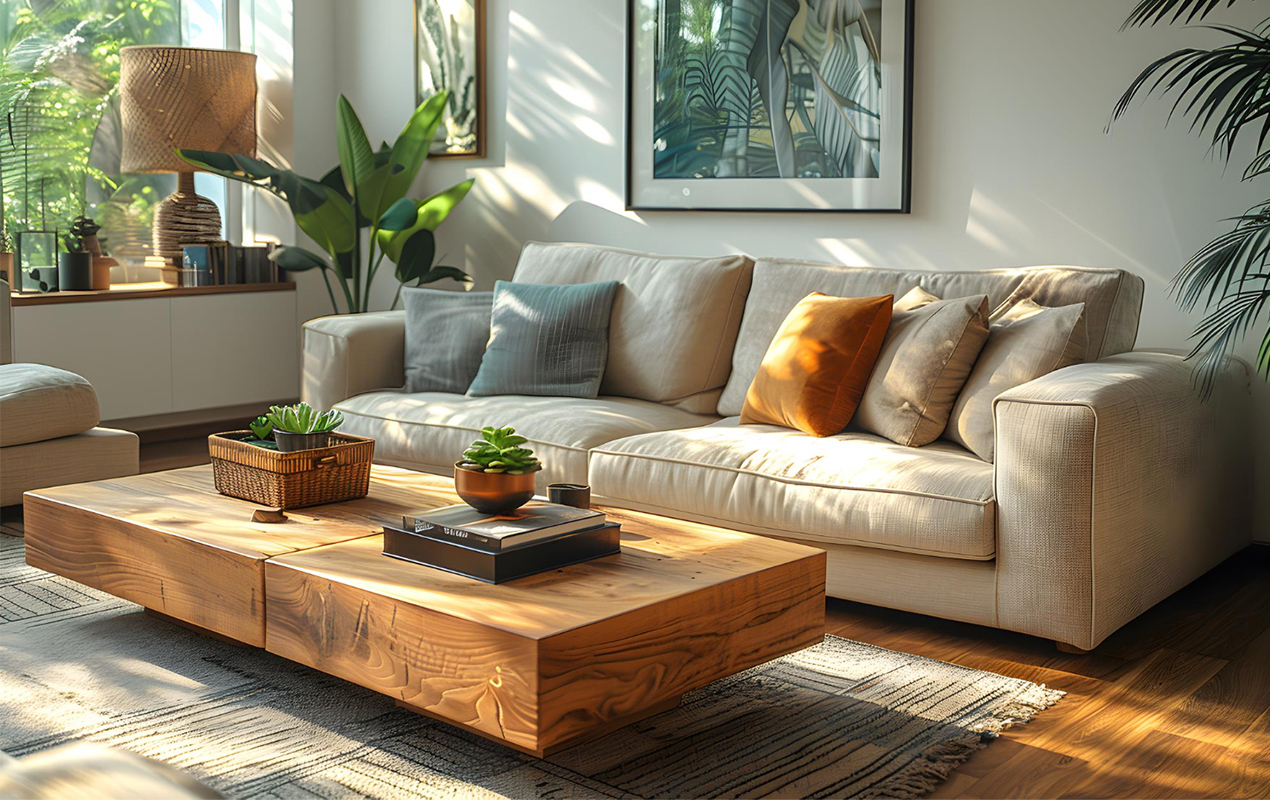
Photo by User14699452 from Freeepik
Insight – The Rise of the “Curated Clutter” Coffee Table: While minimalism remains popular, there’s also a growing trend toward embracing a more eclectic and personalized twist for coffee tables. This involves layering several items with personal meaning; consider vintage books, family photos, or travel souvenirs.
Read More: Shaping Style: How to Decorate a Square Coffee Table
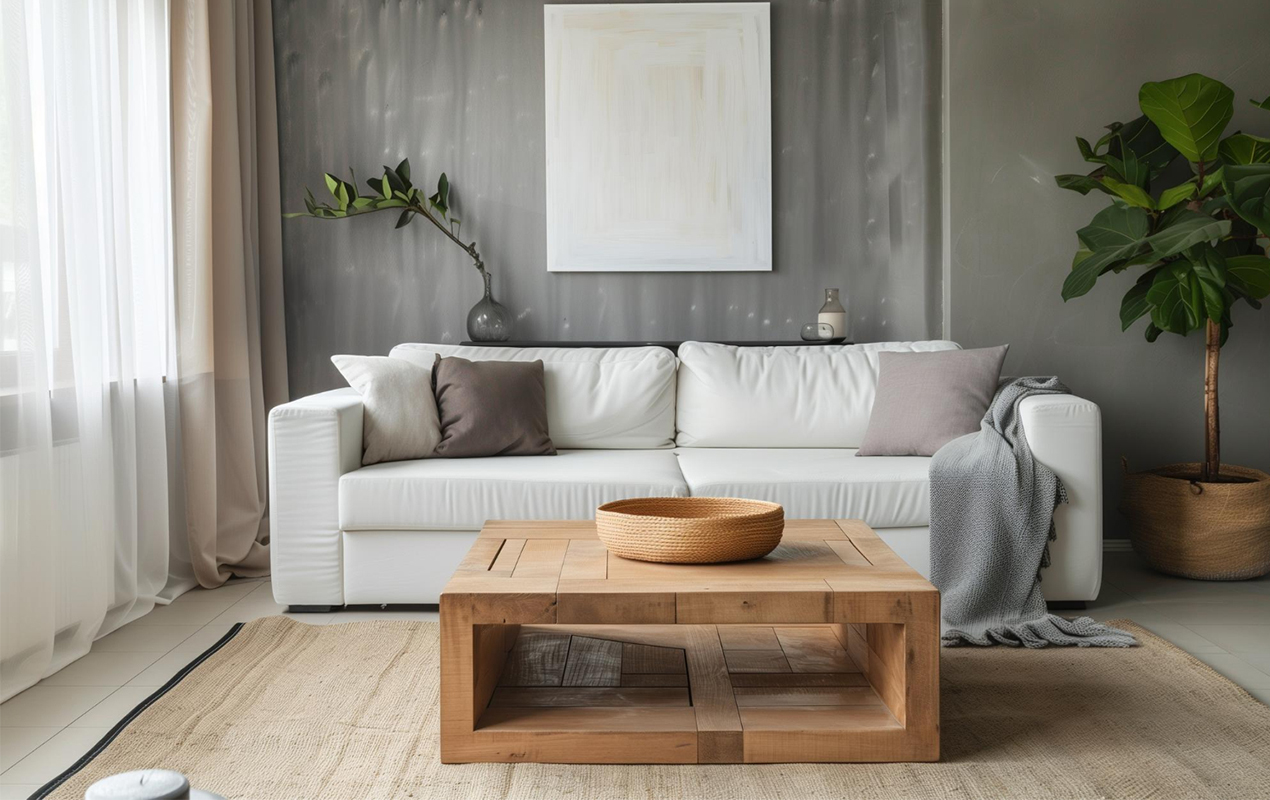
Photo by Lacerdabh from Freepik
Gain Insight: Redefine Your Living Room: How to Style a Round Coffee Table
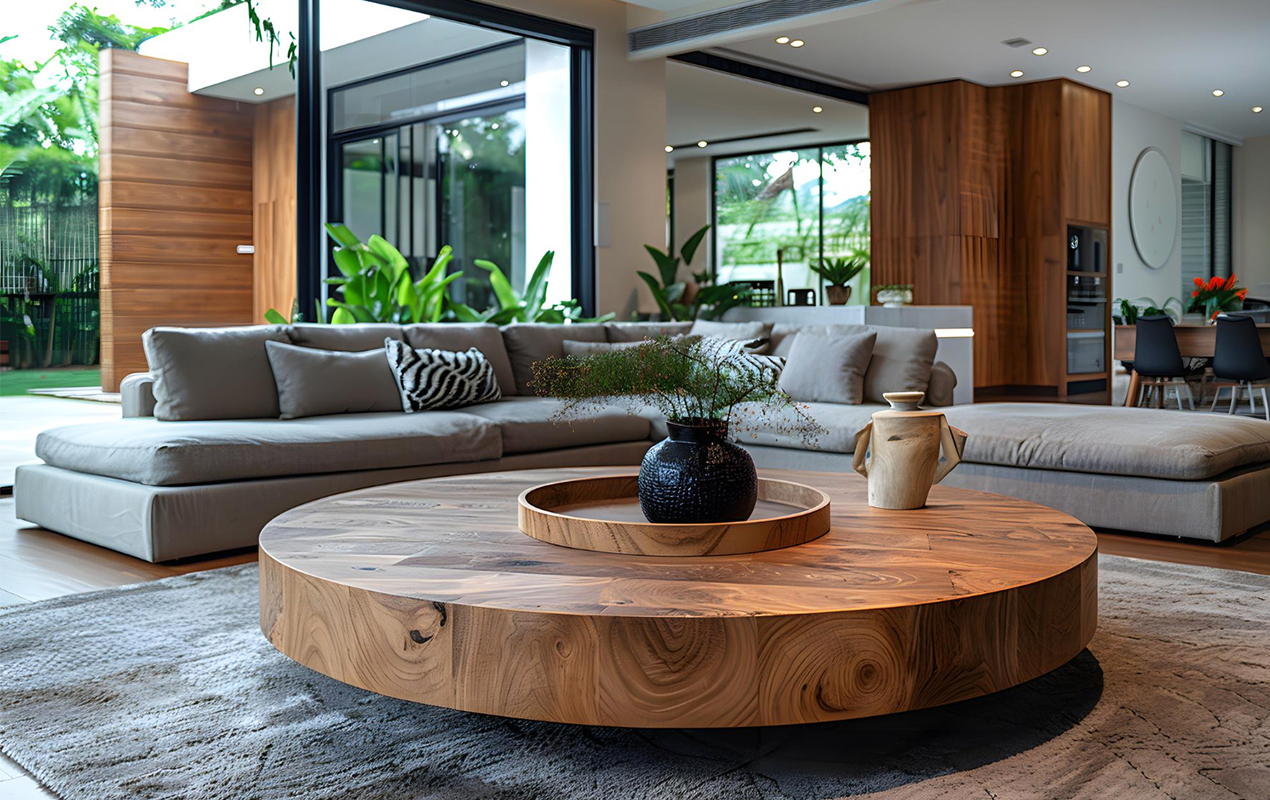
Photo by User14699452 from Freepik
Continue Reading: 23 Oval Coffee Table Ideas To Utilize Shape & Form In Your Home
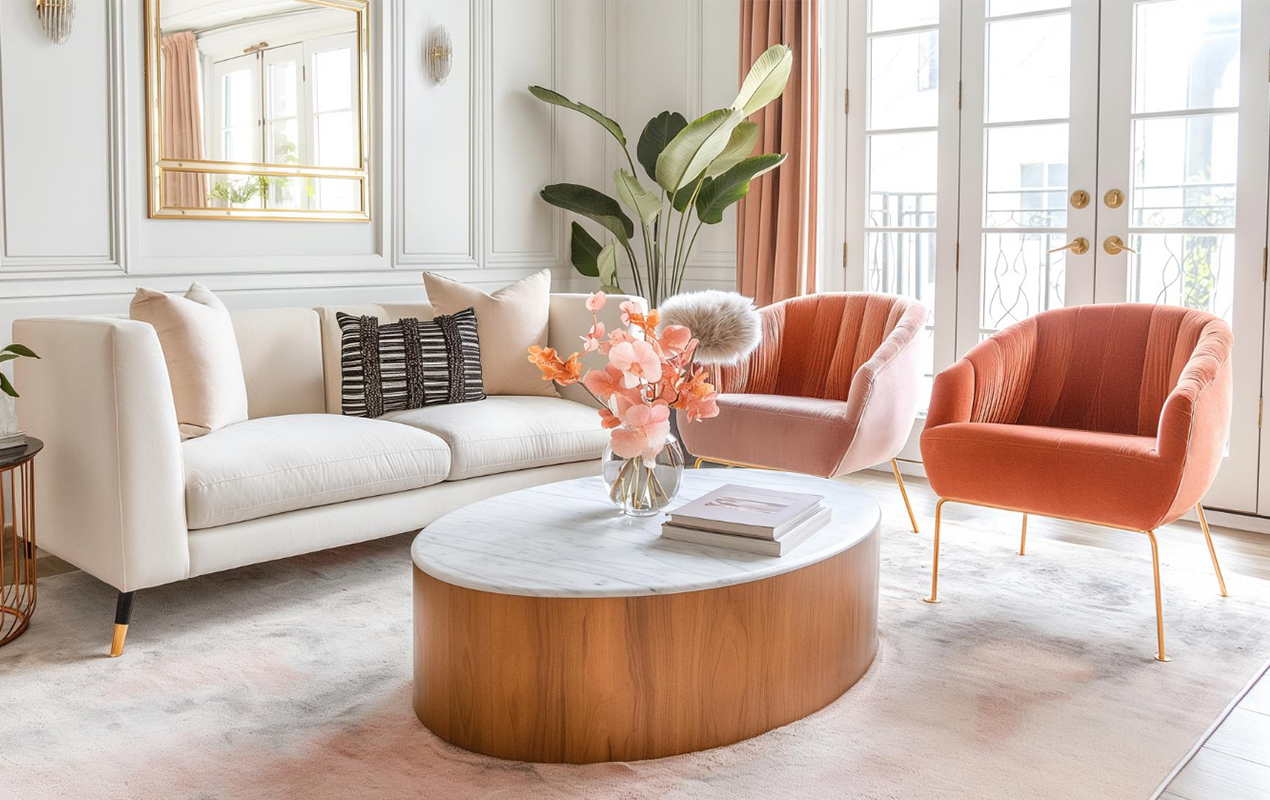
Photo by User22467409 from Freepik
Don’t be afraid to break the mold and explore less conventional coffee table types. Octagonal tables offer geometric appeal, while hexagonal tables yield modern flair. Freeform tables, with organic and unpredictable lines, can be a true conversation starter, injecting character into a setup, making it truly one-of-a-kind.
Insight – Vintage and Antique Coffee Tables as Investment Pieces: While trends come and go, high-quality vintage and antique coffee tables have proven to be a sound investment. They add character and history to a space, while their value often appreciates over time if authentic and maintained in prime condition.
More on This: 20 Geometric Coffee Table Ideas To Add Illusive Angles & Shapes
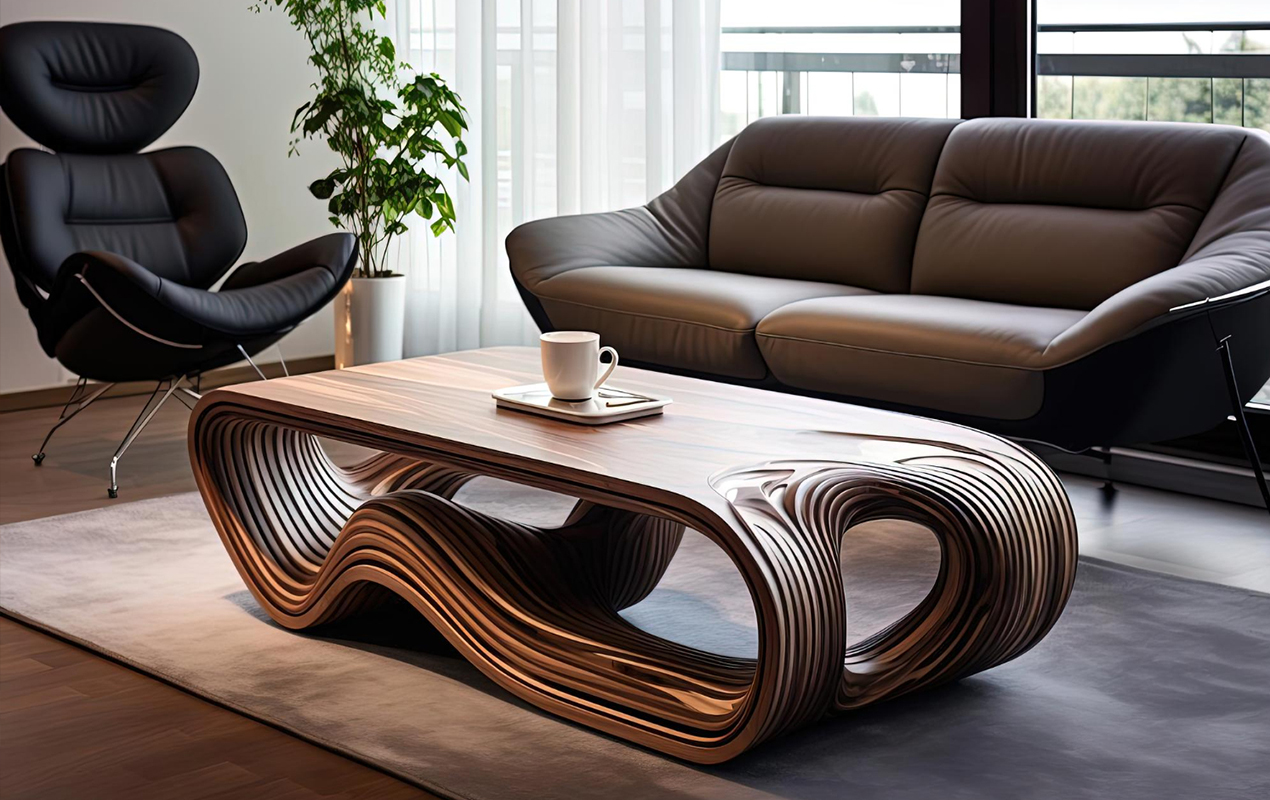
Photo by Donbaron from Freepik
Height Harmony: The table height should coordinate with your sofa; a general rule of thumb is to opt for a table roughly the same height as your sofa cushions or slightly lower. This produces a proportional and ergonomic setup, allowing for easy access to items or beverages.
Discover More: Finding the Sweet Spot: How Tall Should A Coffee Table Be
Traffic Flow: A table shouldn’t be an obstacle course, assess the pathways through your living room. A round or oval option can often facilitate smoother movement in comparison to a rectangular one with its protruding corners. Leave space (at least 18 inches) between the table and seating to ensure comfortable navigation.
Material Matters: Don’t limit yourself to convention; explore the interplay between shape and material. A sleek, minimalist glass top might complement a geometric hexagonal, while a rustic table could enrich the organic draw of a live-edge design. Welcome the unexpected and discover combinations that showcase your style.
Related Article: Coffee Table Materials: Common Classics to Trending & Unexpected
Embrace the Architect Within: Don’t rely solely on guesswork. Create a scaled floor plan of your living room and experiment with cutouts representing different table shapes. This hands-on approach allows you to visualize how each will interact with your existing furniture and the flow of the room.
The Art of Experimentation: Don’t be afraid to step outside your comfort zone. Try out dissimilar shapes and materials, even if they seem unconventional at first. You might be surprised by how a seemingly “out there” choice can breathe new life into your setup and become a focal point.
Read More: Spice Up Your Space: 25 Unforgettable Unique Coffee Table Ideas
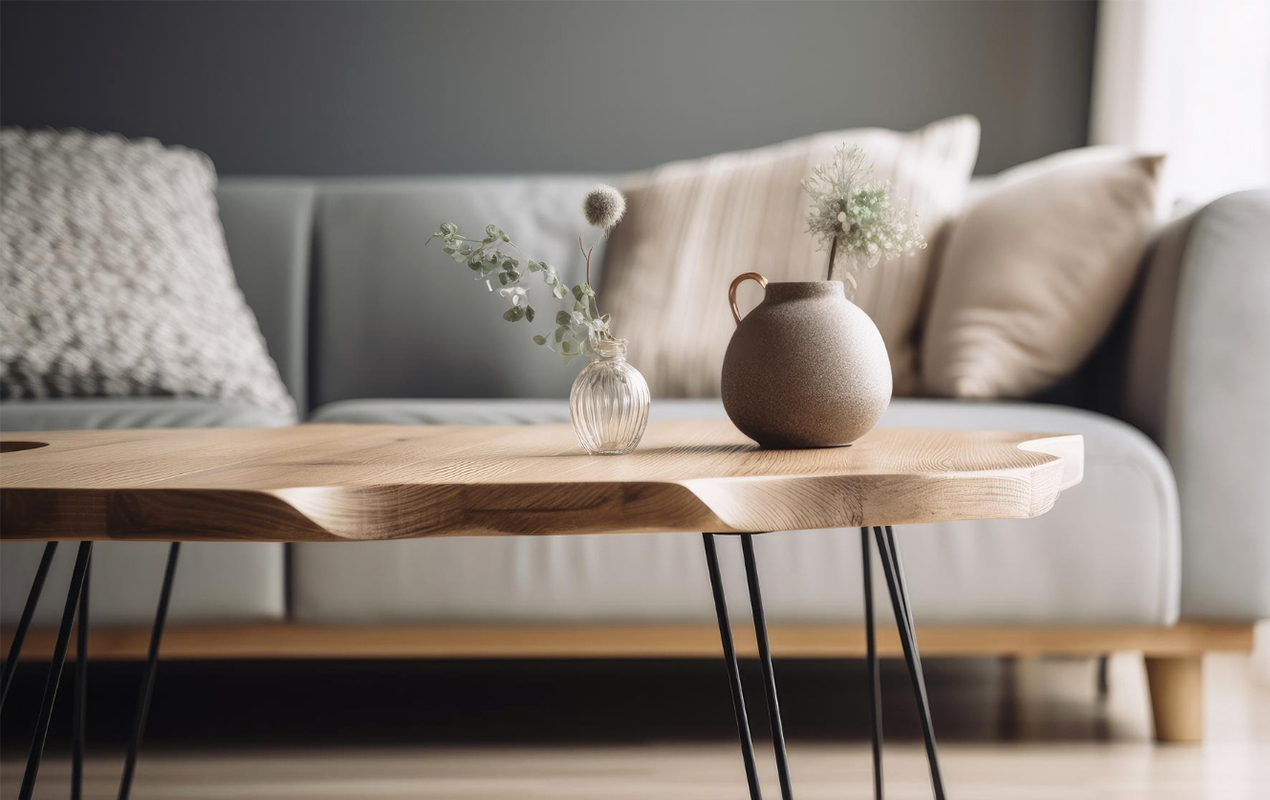
Photo by Yganko from Freepik
The journey to finding your coffee table shape is a personal one, a mix of practicality and aesthetic expression. Remember, there’s no single “right” answer. The shape for you emerges from a consideration of your living room’s size and layout, your seating arrangement, your desired functionality, and your style preferences.
Embrace the diversity of shapes – from the classic rectangle’s adaptability to the round table’s conversation, from the oval’s curves to the allure of quirky designs. Don’t shy away from experimenting with different materials and textures to further personalize your choice; Your coffee table is a canvas for creativity and a catalyst for connection.